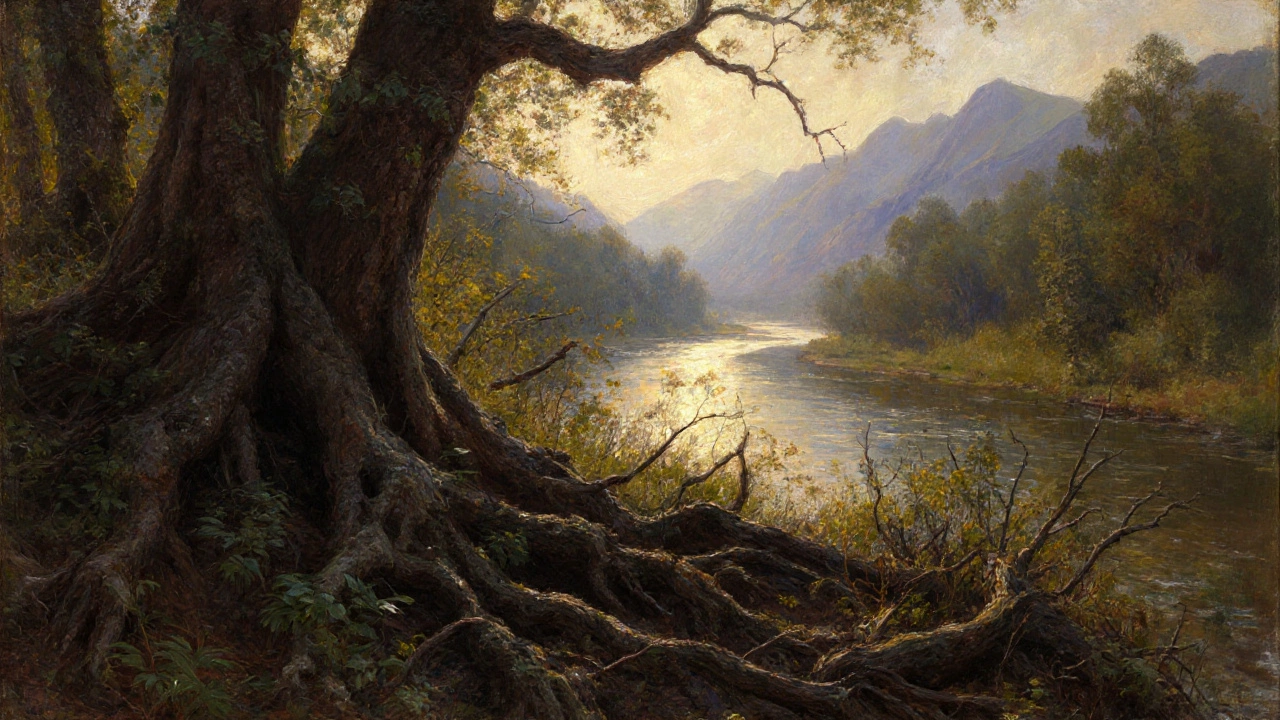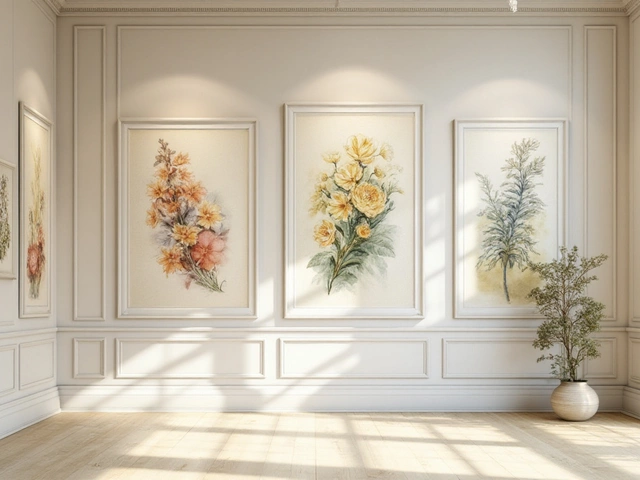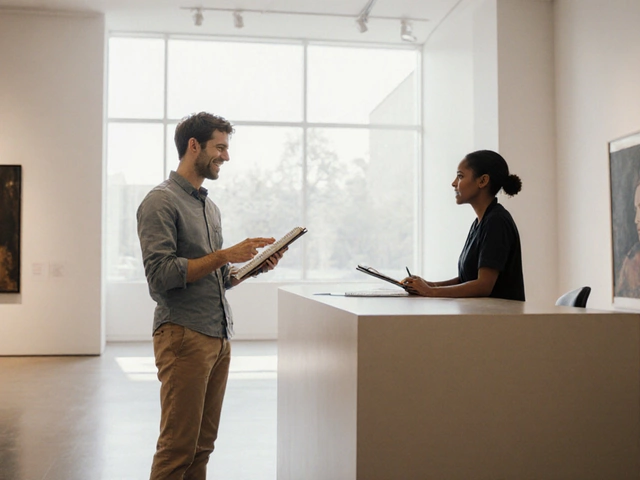Background in Art: What It Is, Why It Matters, and How to Use It
When you look at a painting, your eye usually lands on the main subject—the person, the tree, the mountain. But what holds it all together? That’s the background, the visual space behind the main subject that sets mood, depth, and context in a piece of art. Also known as ground, it’s not just empty space—it’s a silent storyteller. A weak background makes even the best subject feel flat. A strong one pulls the viewer in, adds distance, and gives your work breathing room.
Think about the landscape background, the layered sky, hills, and distant elements that create the illusion of depth in outdoor scenes. Artists don’t just paint green fields and blue skies—they use atmospheric perspective, value shifts, and color temperature to push things back. The same goes for portrait background, the area behind a face or figure that frames the subject without competing with it. A busy background in a portrait? It distracts. A quiet one? It makes the eyes pop. And in abstract work, the background isn’t just a canvas—it’s part of the emotional tone.
Many beginners think background work is just filler. It’s not. It’s where you solve problems like balance, focus, and movement. You can use it to guide the eye, hide mistakes, or even add hidden meaning. Look at the posts below—you’ll find guides on how to paint realistic landscapes where the background carries the light, how to use the rule of thirds to position your subject against a thoughtful backdrop, and how to turn your paintings into prints where the background makes or breaks the final look. Whether you’re working in oils, acrylics, or digital tools, your background is your secret weapon. It’s not about what’s in front—it’s about what’s behind.

Learn the four essential parts of a landscape in art-foreground, middle ground, background, and atmospheric perspective-and how they create depth and realism in paintings.

Landscape painting relies on three essential layers: foreground, middle ground, and background. Learn how each creates depth, guides the eye, and brings realism to your art.





